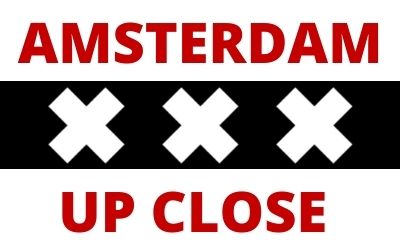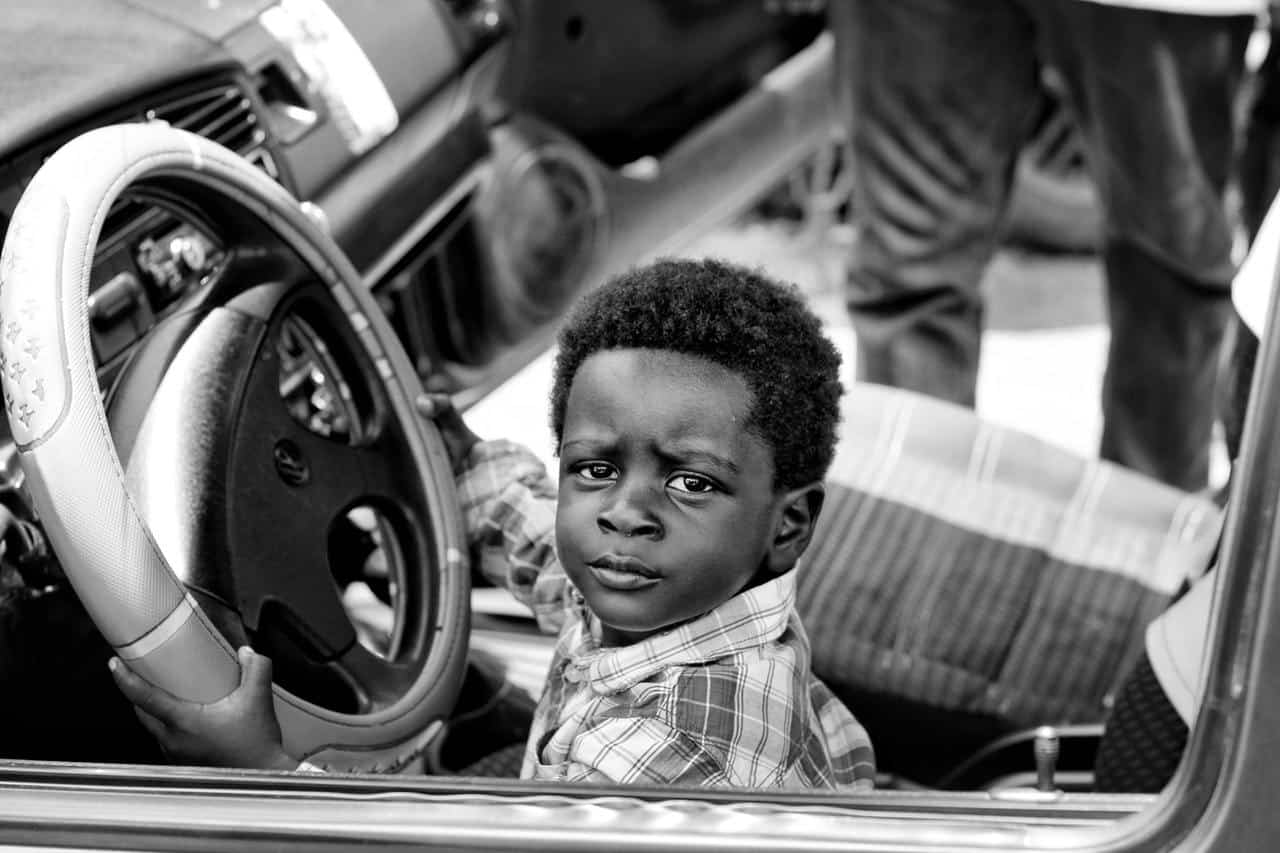Getting around Amsterdam is quite easy thanks to a fast and efficient transport system that includes metro, buses, trams and ferries. The city at a slow pace and take a closer look at its architectural wonders. But today we will take you to discover some things you need to know to get around Amsterdam!
Most car rental companies have a minimum age limit. The minimum age for car rental differs per rental company. For most car rental companies a minimum age of 21 or 23 years applies. So you can’t just rent a car if you are 18. On the other hand, legally the minimum age to drive a car is 18, or 17 with a coach (experienced driver) beside you.
Car rental Amsterdam Airport or the city
Both the airport and the city are home to major international car rental companies, but unless you intend to explore the Amsterdam area and make trips to other Dutch locations, it is not advisable to rent a car to visit the city given the presence of efficient public transport.
Not to mention that the streets are narrow and you have to pay close attention to pedestrians, cyclists and trams. The streets of the city center can be very busy at certain times and finding a free parking space becomes a difficult task; in this case it is better to leave the car in the garages near the Centraal station or the museums and continue by public transport. In some car parks you can take advantage of the Park & Ride package: for about 10 euros you will have 24 hours of parking and a return ticket to the center; outside the central areas, parking is free on Sundays.
Speed limits
In Dutch cities, the speed limit in the Netherlands is 50 km / h, but in some urban areas there is a limit of 30 km / h. On extra-urban roads the maximum speed allowed is 80 or 100 km / h, while on the motorway the limits can vary from 100, 120 to 130 km / h. Please note that many sections of highways have Tutors that measure the average speed on a given route.
Tips for driving in the Netherlands
Required safety equipment
The minimum safety equipment while driving in the Netherlands includes the triangle as a mandatory requirement. A reflective vest, fire extinguisher and first aid kit are recommended. In fog, driving rain or snow, the fog lights can be used in conjunction with the position lights.
The fuel
There are gas, diesel and LPG stations throughout the Netherlands. In these areas, in addition to buying fuel, you can often eat and drink something, buy newspapers, groceries and more.
Tip: Refueling in urban areas is better as fuel is more expensive on the highway. Popular brands of unmanned fuel stations are Tango and TinQ. On the other hand, LPG is usually available from distributors outside built-up areas for safety reasons.
Driving rules
In a small and densely populated country like the Netherlands, road safety is extremely important. There are speed cameras all over the country and roadside checks are carried out regularly.
It is advisable to respect the speed limits, call hands-free only while driving and avoid drinking and driving, otherwise the fines can reach up to several hundred euros! In addition to respecting the speed limits, there are other very important aspects to take into consideration.
In the Netherlands it is compulsory to wear seat belts in the car both in front and behind. Children (under 18) who are less than 1.35 meters in height must be transported using a child seat. And of course it is strictly forbidden to drive under the influence of alcohol or drugs.
What to bring on car trips
If you are traveling to the Netherlands with your own car or rental vehicle, make sure you always have a high-visibility warning triangle and a vest at hand. You can use them if your vehicle breaks down while driving. You should also have a spare bulb kit, first aid kit, LifeHammer, blankets, flashlight, and an emergency phone charger. Finally, make sure you always have enough food and water on hand.
Signage and roads
The motorway network is particularly extensive and efficient and allows you to reach the main destinations in the Netherlands. It is the highway with the highest density per km2 in the world. A car is a great way to get around the country.
On the other hand, the simple expansion of the territory allows you to travel between large cities in a short time. On the other hand, you should avoid the car when driving around the city. It is better to decide on comfortable public transport.
The highways connect the country in a capillary way, and are extremely busy. Especially on certain routes, at peak times. A letter A followed by a progressive number in white on a red background identifies a motorway, which is called Autosnelweg. The highway is free, except for the Westerscheldetunnel and Dordtse Kil tunnels.
What to do in case of failure
If your car breaks down while traveling, the first thing to do is to make sure you, the other passengers and your vehicle are in a safe condition. Contact the call center at (0031) (0) 88 269 2888. In case of emergency, call the emergency room directly at 112. Wait for help to arrive, always staying behind the bar; never leave anyone inside the vehicle in the lane or on the roadside
Driving with children
Children under 135 cm in height must always be secured in a child seat suitable for their weight and approved according to the minimum safety requirements.
Obviously the seat belts must be well fastened. Children under the age of 3 can only travel in child seats approved for their age. Keep in mind that these rules are necessary to ensure the safety of your children. Apply them strictly.
The road network
Holland is a rather small country and therefore the distances are relatively short; in addition, the road network is very extensive and maintenance conditions are excellent everywhere.
Another advantage is the fact that there are only two paid sections in the Netherlands: the Westerscheldetunnel and Dordtse Kil tunnels. The signage is extremely clear and as a result driving in the Netherlands is very safe.
Alcohol limits
BAC checks are frequent in the Netherlands and a blood sample may also be required. In case of infringement of the limits, the vehicle will be confiscated. The driving alcohol limit in the Netherlands is 0.05%, therefore in line with the average of other European countries. For new drivers the limit is reduced to 0.02%, for new drivers we mean a person who has obtained a driving license for less than 5 years.

